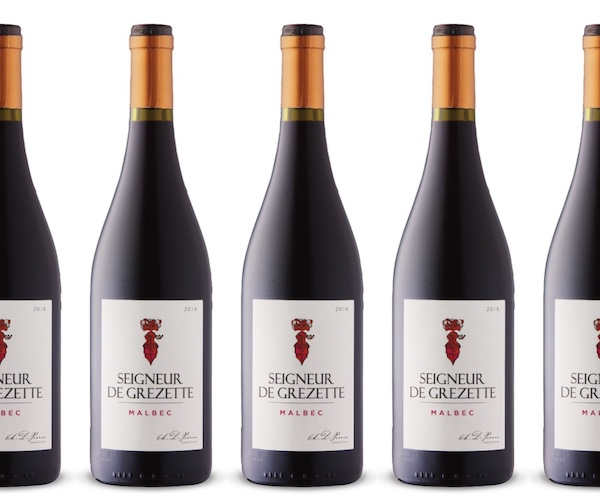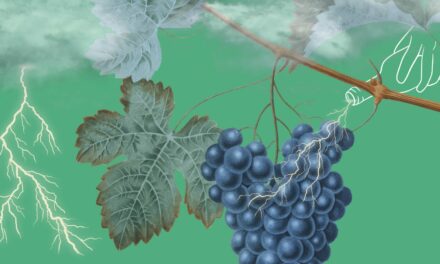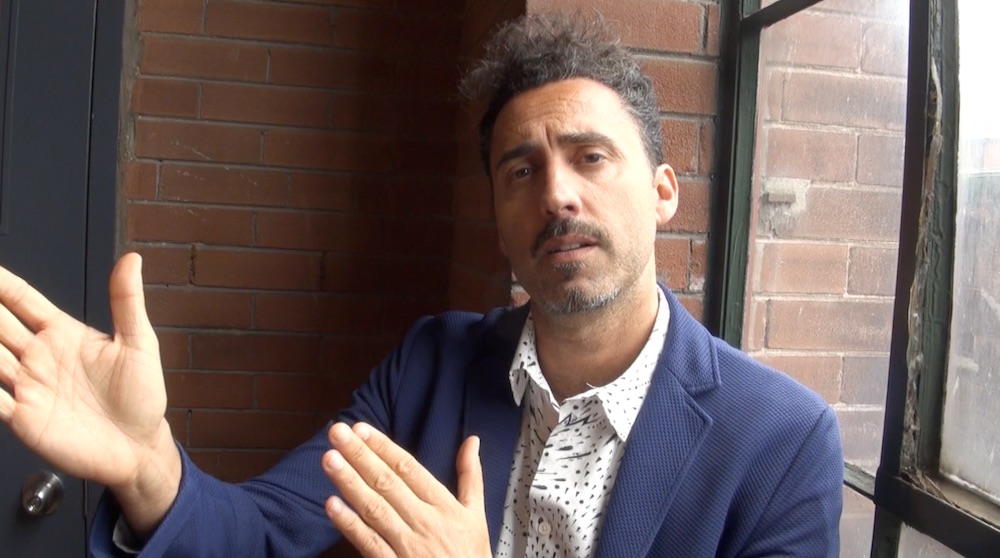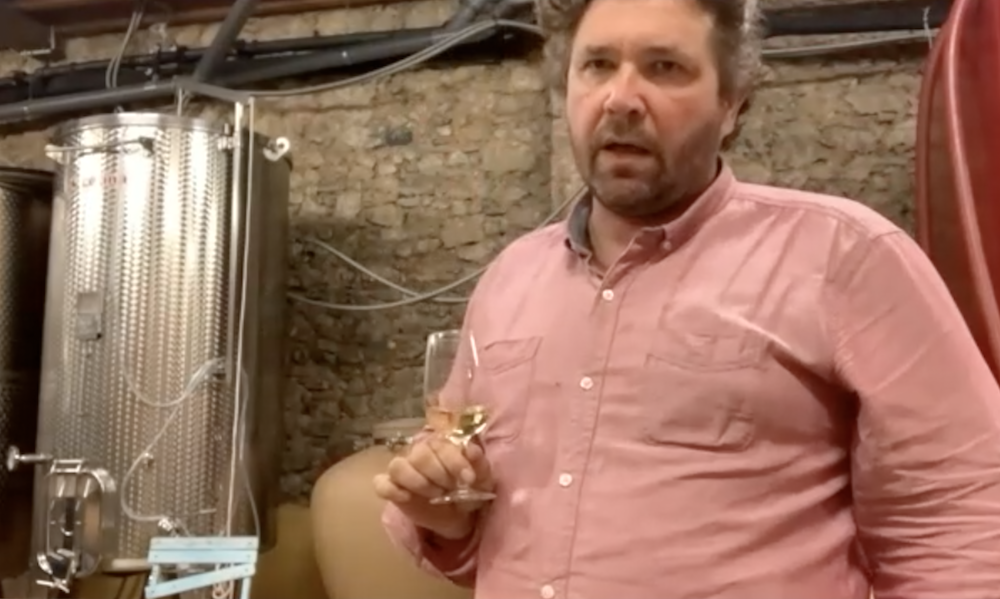Malcolm Jolley finds a value priced second wine from a legendary Château…
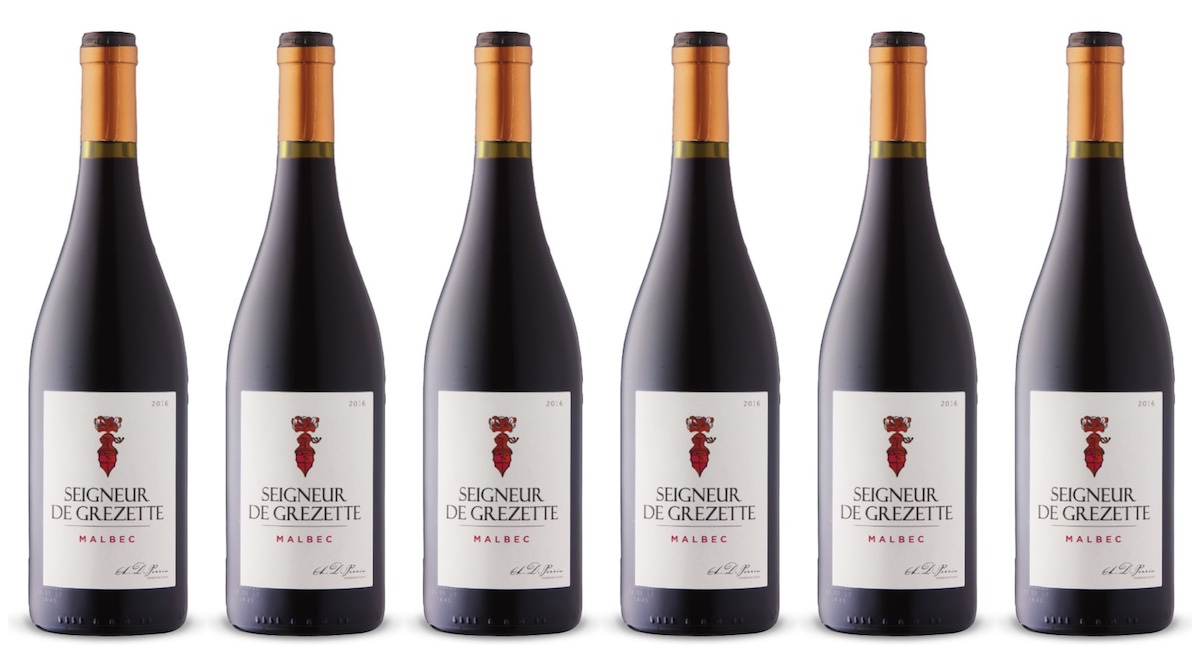
One of the many things about the wine world that I find confusing is the distinction between ‘modern’ and ‘traditional’ styles of wine making. This is because the meaning of the two words, and their relationship to one another, will shift depending on the context, region and/or time frame. The concept of calling a wine modern or traditional came out of the 1980’s and 90’s when a new generation of winemaker, educated and apprised in modern methods, began to apply the techniques of wine making in prestigious and pricey regions like Bordeaux and Burgundy to emerging ones like, famously, Barolo. One of these modern techniques was the use of new French oak barrels. As a result, the wines made in that 80’s-90’s ‘modern style’ tend to be quite oaky to the 2020’s contemporary palate. The wines in fashion today, or at least that have been increasingly in fashion over the last decade, are instead bright in acid and fruit forward, and are said to reflect their terroir. (This is, of course, a gross generalization and very conveniently aligns with my own personal taste, but it works for the purposes of this post.) So, perhaps, the name for the wines made in this newer style of today is post-modern, as winemakers happily mash-up techniques from the past and present to make wines that please themselves and their audience. The Seigneur de Grezette Malbec 2016 ($18.95 | LCBO# 645374) fits into this category beautifully, is a delicious and food friendly wine, and at $19 is certainly worth a try.
Château Lagrézette is easily among the handful of top houses in the Southwestern French wine appelation of Cahors (and easily one of the most expensive). Lagrézette was bought in 1980 by the luxury goods executive Alain-Dominique Perrin, creited with turning around the fortunes of the brand Cartier. Perrin restored Lagrezétte and introduced ‘modern’ winemaking there and the Château led the way in the rehabilitation of the Cahors region and the Malbec, or Côt in th elocal dialect, grape in France. Twenty years ago it was possible to pick up a bottle of late 90’s vintage Château Lagrézette for about $20 at the LCBO. Those ‘black wines’ were firm in grape and oak tannins and broody with deep extracted fruit and earthy secondary notes. They were built to last an when, a couple years ago, we opened a few that I’d kept in my cellar, on the 20th anniversary of their vintage, they were very much alive, vibrant and still very structured. This week, when I tried the 2016 Seigneur Grezette, made from the same house and released into Vintages last Saturday, I expected something similar: dark extracted fruit over firm tannins. I was pleasantly surprised to be wrong. Instead, the Seigneur was bright with what the English call ‘hedgerow fruit’: raspberry and blackberry. This wine is very easy to drink; held together by the silkiest of fruit tannin, there’s no oak to be discerned. At 13% alcohol by volume it’s in good balance, finishes long and despite the fruit is bone dry with only 2 grams per litre of residual sugar. The night I opened it we had roast chicken and it paired just fine. It’s versatile and fun and just thing to get through another gloomy pandemic January evening.

